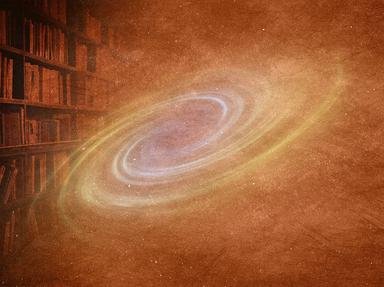Quiz Answer Key and Fun Facts
1. What do we call the early scientists who conducted experiments where they tried to turn base metals into gold?
2. Aristotle believed, as did the scientists who followed him, that heavier objects fall faster than lighter ones. Which Italian scientist disproved this by his experiments that showed that gravity accelerates all objects at the same rate?
3. What was the name of the new element added by Johann Joachim Becher in 1667 to the list then accepted: earth, water, air, fire and sometimes ether?
4. What was the name of the 2nd century astronomer who gave science the earth centred model of the solar system?
5. Until Watson and Crick published their paper demonstrating the double helix structure of DNA what organic substance did many scientists believe was the key to heredity?
6. Until the 20th century what was believed to be the smallest particle?
7. Until the late 19th century what did surgeons and other learned men believe caused infection following surgery?
8. Which two areas were severely adversely affected by the false doctrine "Rain Follows the Plow".
9. The Nei Jing or Chinese Book of Medicine first described a type of blood circulation in 300 BC but it was not until 1628 that an English physician correctly detailed this process. Who was he?
10. What was the name of the bishop, whose name might remind you of Edgar Allan Poe, who said that the creation of the Earth started sometime after nightfall on 23rd October, 4004BC?
Source: Author
Calpurnia09
This quiz was reviewed by FunTrivia editor
crisw before going online.
Any errors found in FunTrivia content are routinely corrected through our feedback system.


